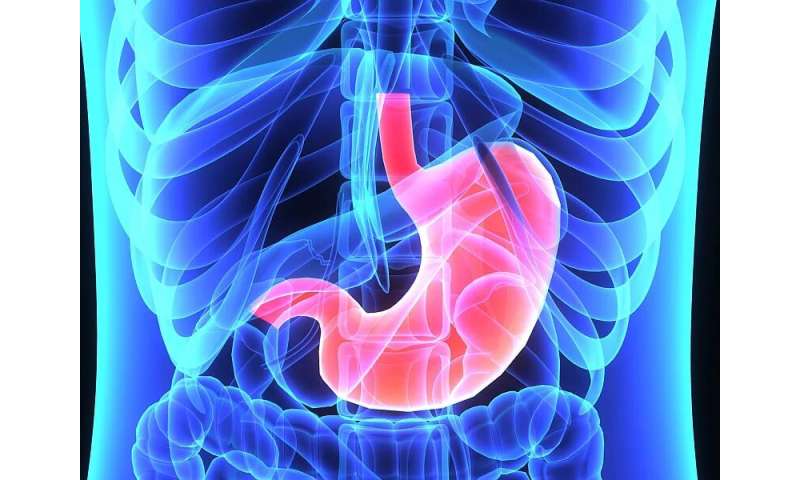
In clinical guidelines published online Oct. 22 in the Annals of Internal Medicine, updated recommendations are presented for the management of nonvariceal upper gastrointestinal bleeding.
Alan N. Barkun, M.D., from McGill University in Montreal, and colleagues conducted a systematic literature review to update the 2010 International Consensus Recommendations on the Management of Patients With Nonvariceal Upper Gastrointestinal Bleeding.
In terms of preendoscopic management, the authors recommend using a Glasgow Blatchford score of 1 or less to identify patients at very low rebleeding risk who may not need hospitalization. The suggested hemoglobin threshold for blood transfusion is less than 80 g/L in patients without cardiovascular disease; the threshold is higher for those with cardiovascular disease. In terms of endoscopic management, patients with acute upper gastrointestinal bleeding should undergo endoscopy within 24 hours of presentation. In patients with high-risk stigmata, thermocoagulation and sclerosant injection are recommended, and clips are suggested. In patients with actively bleeding ulcers, use of TC-325 (hemostatic powder) is suggested as a temporizing therapy, but not as sole treatment. In terms of pharmacological management, patients with bleeding ulcers with high-risk stigmata who have had successful endoscopic therapy should receive high-dose proton-pump inhibitor (PPI) therapy for three days. Continued oral PPI therapy is recommended twice daily through 14 days and then once daily.
“Researchers interested in nonvariceal upper gastrointestinal bleeding should direct their efforts at studying the issues for which evidence is limited so that future recommendations may provide additional steps forward,” write the authors of an accompanying editorial.
Source: Read Full Article






